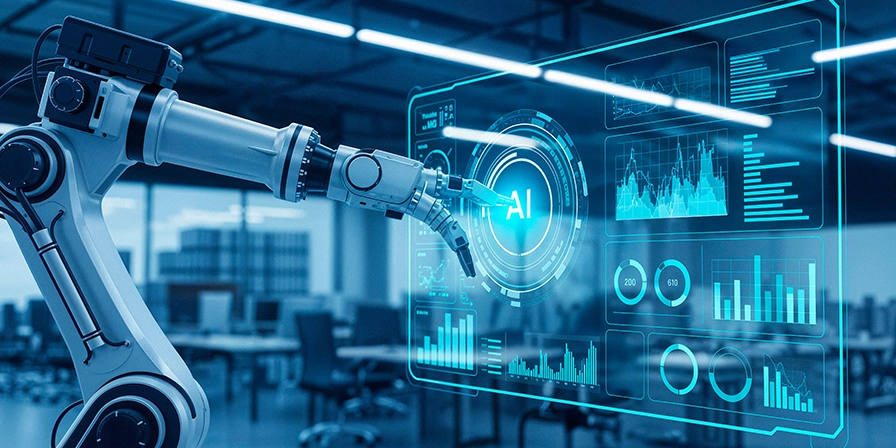Understanding Machine Learning
How do machines get the ability to learn? The very first assumption most people make is – through explicit coding, that is, programming AI into the systems to make them do things. However, that’s not what really happens. Machines learn through pattern recognition after analyzing large amounts of data. Machine Learning (ML) is all about studying these patterns and encoding the human decision-making process into algorithms. These algorithms can then be applied to several instances for arriving at meaningful conclusions.
Machine learning examples and applications
For instance, a machine can identify and differentiate between the image of a cat and a dog not because it has been programmed to do so, but because it has been trained with large sets of image data from which it can generalize and recognize a cat or a dog, appropriately, based on algorithms.
Data is the key to machine learning. Algorithms learn from data and then apply that learning to make informed decisions. Machine learning is all about automated tasks, and its application spans a wide range of industries. A data security firm can employ ML to track down malware, while a finance company can use it to enhance their profitability. In our daily life, we use applications such as YouTube that suggests videos close to what we are looking for; or Facebook, which knows the name of the face in a picture; or Google Maps, which shows us the best and the fastest route. Thanks to machine learning for imparting all these capabilities in our applications.
Machine learning algorithms: The basic working principle
Machine learning algorithms estimate a predictive model that is generalized with a particular kind of data. It is, therefore, essential to have a large number of data sets that can be utilized by the machine learning algorithm to understand the behavior of a system. When the machine learning algorithm is presented with new types of data, the system will be able to generate similar kind of predictions. An understanding of the different components of the machine learning algorithm and their inter-relationship can make the machine learning tasks easier.
Machine learning algorithms have a structured learning component that gives them the power to comprehend patterns in the input data that accordingly lead to the output.
Input Data => Pattern => Machine Learning Algorithm => Inference/Output
If “Y” represents the future predictions and “X” represent the input samples. Then, we have the expression:
Y = f (X)
“Y” is also called as the mapping function and “f” is called as the target function. “f” is always unknown since it cannot be determined mathematically. Thus, machine learning is used to get an approximation of the target function, “f.” The machine learning algorithm takes into consideration several assumptions regarding the target function and begins with its estimation, creating a hypothesis. To get the best estimate of the output, a number of iterations of the hypothesis are carried out. It is this hypothesis that enables the machine learning algorithm to get a better approximation of the target function in a short time span.
Machine learning methods
There are several machine learning methods and algorithms that you can choose from depending upon your task and the anticipated goal. Following is the list:
- Decision trees: Hierarchical decision nodes or variables using step-by-step classification to arrive at an inference.
- Regression: Maps the behavior of a dependent variable with respect to one or more dependent variables.
- Support vector machines – Classifies groups of data with the help of margins.
- Hidden Markov models – Computes the probability of hidden states to estimate patterns of the future observation.
- Recurrent neural networks – One neuron converts many inputs into a single output.
- Naïve Bayes classification – Computes probabilities from a tree of conditions with each feature “naïve” i.e. conditionally independent of the other.
- Random forest – Accurate decision trees due to the use of multiple trees with randomly selected data sets.
Although effective, this list is not exhaustive. It, however, does give you a great starting point to determine the method that fits best to your needs.
From Industry 1.0 to Industry 4.0, machines have significantly driven our existence. Mastering the technologies behind these incredible machines has been a long cherished dream for some of us. Today, it is important to learn technologies like machine learning, AI, and deep learning and contribute your share towards the development of humanity. Sounds interesting? Get in touch with us today!
Learn More






